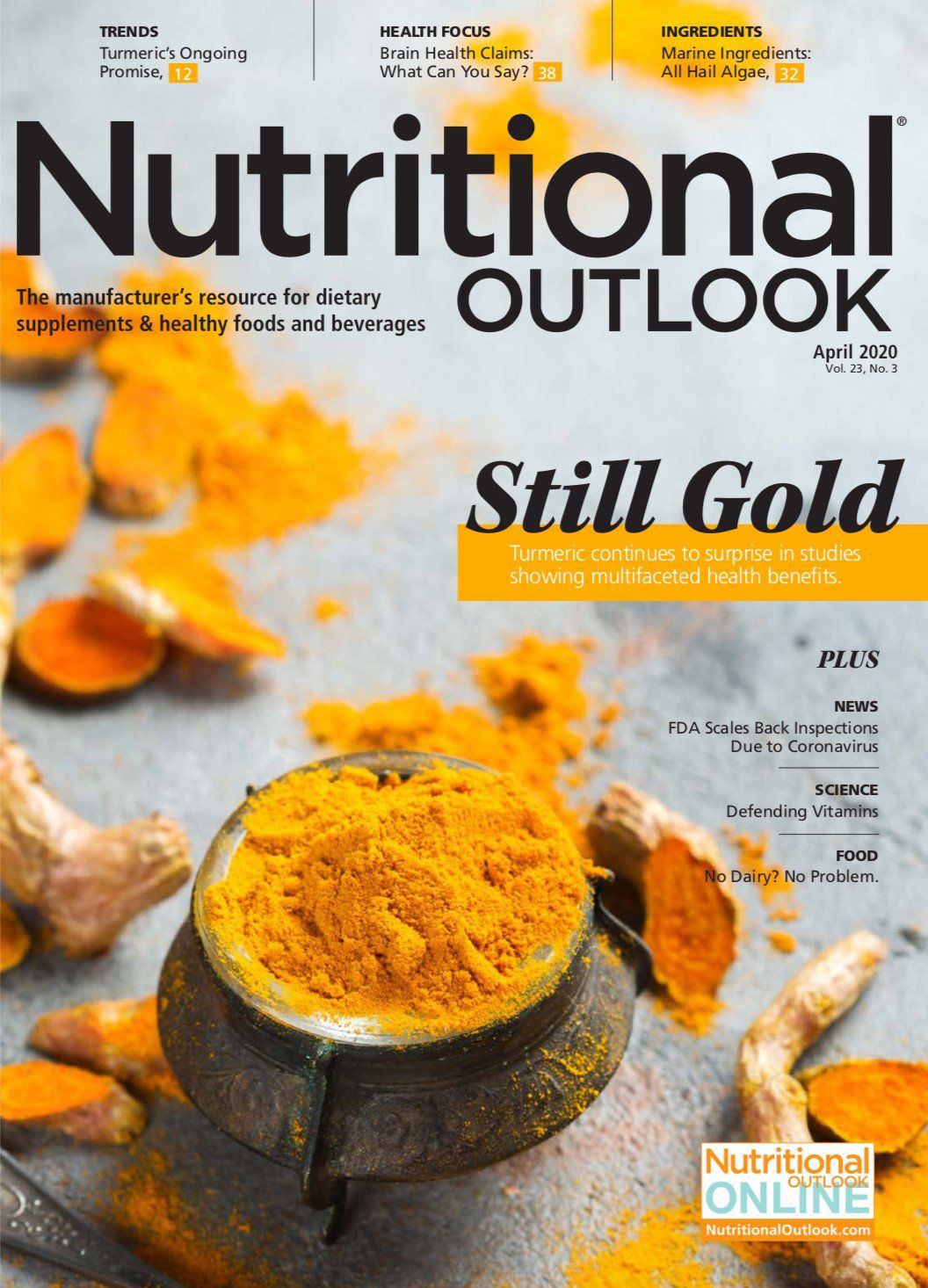The next stage of sports nutrition
Where will future sports nutrition opportunities come from? It might not be in the U.S., says Euromonitor.
Photo © stock.adobe.com/Piman Khrutmuang

Over the past decade, sports nutrition has entered the mainstream as active nutrition has become a dominant lifestyle. Consumers are gravitating toward functional ingredients like protein that have both performance and dietary benefits. With new casual users and infrequent exercisers using sports nutrition products, whey powders now appear in mass channels like supermarkets, and protein bars have become a staple of convenience stores. The result has been, until recently, a booming sports nutrition marketplace, with global growth of 207% from 2010 to 2018, according to Euromonitor International.
Part of what has driven sports nutrition growth is marketers’ ability to expand to serve a broader set of lifestyles while still responding to the narrower needs of core users. Market expansion has also positioned the industry much closer to mass-market food and beverage. Protein launches have popped up all over the grocery aisle, for instance. Mainstream consumers have gravitated toward products marketed around functional, healthier snacking, using these products after a workout rather than buying specialty products marketed only around sports functionalities. Though the protein halo is still well in effect, consumers are now tempted by a raft of new consumable products.
Some Slowdown in U.S.?
We have seen recent dips in the U.S. sports nutrition market. U.S. sales of sports nutrition slowed to 3% in 2019, according to Euromonitor International, with all product types dipping below their average growth in 2010-2018.
Sports nutrition products closest to mainstream appeal, like protein/energy bars, saw the starkest slowdown in the U.S. last year, slipping to just 1.5% year-on-year growth. Here, we believe oversaturation and lack of differentiation stifled interest. This caused global growth to slip as well; global sports nutrition sales fell to 5%, the lowest aggregate growth since 2009.
Looking Forward
Despite this slowdown, the industry has several budding innovations that could stimulate growth over the next few years. Together, these innovations will likely add value and tell a distinct story from food-based nutritionals.
Protein sourcing presents a significant opportunity and has already led to the emergence of plant-based protein powders as a driver of new business. This should improve as enhanced methods for ingredient testing and verification come to market and as transparency becomes table stakes. Such techniques hold the promise of increasing trust and returning more premium price points to the industry, as consumers pay for the assurance that they are using the cleanest and highest-quality protein ingredients.
Pre-workouts are also expanding through ready-to-drink offerings, taking an interest in energy drinks and reorienting promotional messaging toward performance and sport. Emergent brands like Bang and Monster’s Reign Total Body Fuel, for example, contain amino acids and are marketed to workout enthusiasts, potentially extending usage for on-the-go athletes.
Additionally, sports brands are experimenting with added blends of supplements to extend positioning from solely performance to other adjacent needs. For instance, newer blends might include collagen for bone and joint health, adaptogens or CBD for mood and energy, nootropics for focus, or probiotics for recovery or anti-inflammation. These formulations underscore that performance involves much more than muscle building and that consumers are eager for products that combine a number of benefits in one package.
Outside the Core
While a move toward higher-value offerings will likely spark renewed interest in the U.S., the industry would also be wise to further push outside this core market. According to Euromonitor International, the U.S. is expected to drop from 62% of the global market for sports nutrition in 2018 to 57% by 2024, as an emergent and active global middle class focuses more on fitness.
Sports nutrition is still quite limited in many countries where gym culture and working out are not as longstanding as they are in the U.S. As a result, there are considerable opportunities to extend marketing and collaborations in regions like Latin America or Eastern Europe, which have high growth and an evolving culture around sports nutrition.
Matthew Oster is the Head of Consumer Health at Euromonitor International, overseeing the industry’s research and analysis and leading a team of experts in 100 markets worldwide. As Head of Consumer Health, Matthew provides insight into the consumer trends, key markets, competitive landscape and growth opportunities in the global consumer health space to help organizations make strategic business decisions. Prior to this role, Matthew was the Head of Institutional Channels, where he analyzed the changing global healthcare landscape and its effects on the B2B marketplace for goods and services. Matthew has worked in market research since 2011 and holds a master’s degree from the Johns Hopkins School of Advanced International Studies.




















